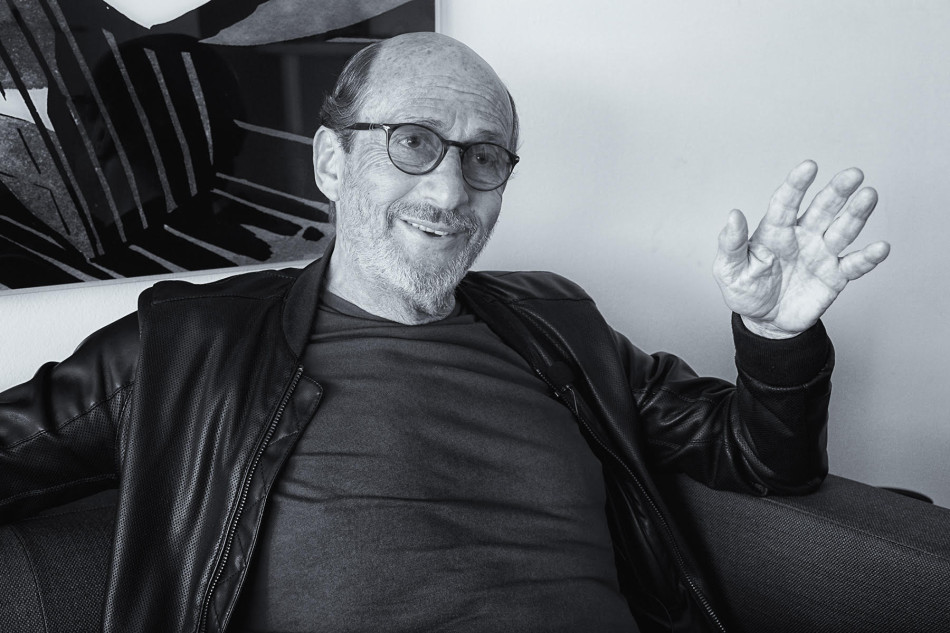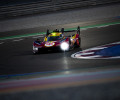Interview with FIA Endurance Commission President Richard Mille
Richard Mille is a brand synonymous with creativity, style, originality and precision and the person who created the brand is bringing his passion and business acumen to the FIA World Endurance Championship as he takes over the role as President of the FIA Endurance Commission at a time of change for the WEC.

At the official pre season test, The Prologue, Richard Mille explains his ideas and the direction that he would like to see the FIA World Endurance Championship take as the championship embarks on the 2018/19 ‘Super Season’.
Q: Your name is well known in Endurance, especially as the main sponsor of the Le Mans Classic since 2002 and to teams and drivers. You also race as a gentleman driver. Will your experience in these areas, and your impressive business credentials, help and guide you in your new role as President of the FIA Endurance Commission?
“Of course, we talk about sporting events, but at the same time we must talk about the business of endurance and it is something we have to develop; this is one of the areas we are working on with the FIA World Endurance Championship.Our objective is to have battles on the track that attract more people and more media coverage.This is why we are working with very clear objectives to bring more people to the track and to do this we have to make the battle on the track very interesting.”
Q: What is the purpose of the FIA Endurance Commission?
“The FIA Endurance Commission is made up of different people. We have Pierre Fillon and Gérard Neveu, we have representatives from the different categories and we have engineers. The objective is to imagine what will be, from the second half of 2020, the championship of tomorrow. It is a very exciting project as we know we have the possibility to bring back to the track some fantastic brands. We need to handle cost issues, to ensure the technical regulations are not too complicated, and these fundamental topics are handled properly to be of interest to our current and potential new competitors.”
Q: You have taken over as president from Sir Lindsay Owen-Jones at a crucial time for the FIA World Endurance Championship with the new LMP1 regulations and the switch to a winter series which means we are just about to start a long 14 month ‘Super Season’, which will include two 24 Hours of Le Mans. How do you see the future of the WEC in the next two to three years?
“We were facing a problem after the departure of Porsche at the end of 2017 to keep this sport healthy and to have the LMP1 category working very well– and I think the strong grid for the 2018-19 season speaks for itself. At the same time we have to work on the longer term with a clear strategy of bringing more constructors and more brands to the track. We also have to make endurance very sexy to attract a younger audience andwe also need to make things more attractive for a female audience as well. We have objectives that are quite ambitious but are really achievable.”
Q: With five manufacturers competing in the 2018/19 season, six at Le Mans, LMGTE can only be described as a huge success. What do you think is the main reason behind the success of the GTE category?
“I think the automated BoP (Balance of Performance) has been a very good system to organise the competition in a correct way between the brands. We saw last season at Le Mans and in the WEC some really interesting battles between the different manufacturers. It is a paradox because some people think endurance is boring and in reality it is the exact opposite. In every category you have a battle. In GTE at Le Mans last year it was a fierce battle, with the winner overtaking on the final lap, and in the end 24 hours does not look that long; six hours does not look that long. It is something we have to keep because it is a winning system.”
Q: Is there a concern about GTE budgets spiralling due to big manufacturers competing in the class? What steps are being discussed by the Endurance Commission to ensure that the GTE class continues to grow sustainably?
“We have to be very careful. We have seen budgets that have exploded and we have seen championships fail because of this. For us handling the budget is a key issue, not only for GTE but also for LMP1 and LMP2. We have to be very, very careful. Today’s brands are not willing to spend huge amounts of money in the discipline.”
Q: With the departure of Porsche from LMP1 at the end of 2017 there was a lot of talk of the possible demise of the category. You must be pleased to see the results of the hard work and new regulations that has seen the number of cars increase dramatically for this season. Do you think the balance of performance between manufacturers and private teams is going to produce some interesting results on track?
“It is a question that, until now, nobody could answer. The non-hybrid teams that have joined LMP1 are really determined to fight and Toyota, with its hybrid car, is determined to fight. So I expect there to be a real battle, a real challenge and this will bring a lot of interest to the Super Season.”
Q: What are your hopes for the new 2018/19 FIA WEC ‘Super Season’ and which event on the calendar are you looking forward to the most?
“Of course, two visits to Le Mans is fantastic and we also have Sebring in the USA, which returns to the WEC calendar. With a reduction in the number of races in the season each of the six-hour races will be important, which makes each one interesting to follow. In a short period of time, thanks to Jean Todt, Pierre Fillon and Gérard Neveu, we were able to organise the Super Season and, as you can see, we have a bigger grid and everybody is ready. It is going to be a very interesting season.”

 Facebook
Facebook Twitter
Twitter






